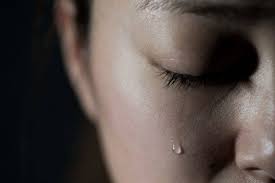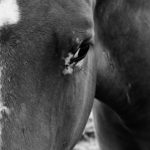The invisible knots that bind our grief
The biggest lessons I have repeatedly seen through our work with horses and grieving individuals are how we impede and compound our grief. The blocks may be different, but I have witnessed how every client comes to understand how they themselves are contributing to the enormity of the pain and how very small shifts can act like a release value for some of the pressure that has accumulated in their lives while they struggled to deal with the death of their loved one.
Grief is an exhaustive emotion, a mental and emotional state that can affect all aspects of our wellbeing from physical symptoms, emotional numbness, mental fog and social isolation. It can unsuspectingly creep up on us, or crawl towards us over days, months or years. But however it reaches us; it never affects people in quiet the same way.
Grief may be a universal response to a physical loss of a person or a life loss like a divorce or loss of a physical ability, but how it plays out in our lives can look different for so many people. The factors that can compound our grief have a lot to do with our comfort level around expression of emotions, receiving support, feeling vulnerable, acceptance of change and leaning into all of the above. While working through grief is not an easy, simple or even straight forward effort it does help to do so from a conscious, attentive and purposeful mindset.
What does that look like?
Integration
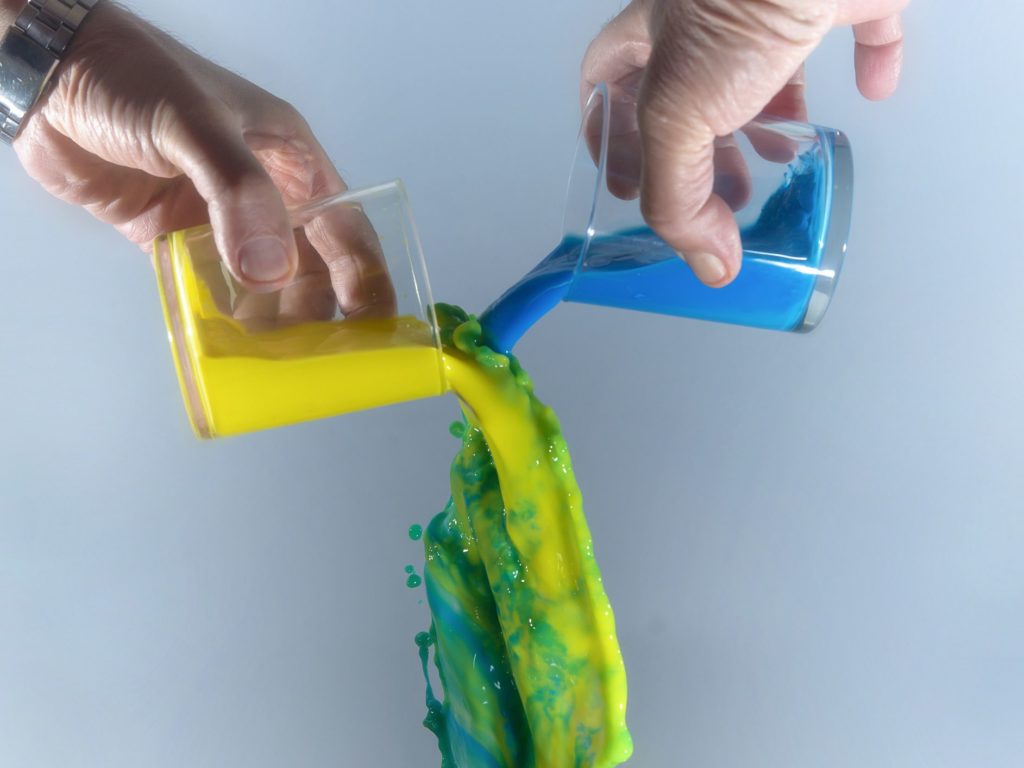
Well, let me explain;
In relation to grief and loss, we have heard the term, creating a new normal, and while this is a good visual, I would like to expand on this concept.
Your life pre loss was like a compound, made up of elements like identities, roles, circumstances, activities, actions, reactions, tasks, pastimes, associations, much like a compound in chemistry is formed by two or more elements that are chemically joined, like Water, salt or baking soda, our pre-loss lives were made up of many different elements that created our relationships, attitudes and perspectives.
But when a compound experiences physical pressure it can cause a physical change without creating a change in composition. Physical changes could affect; texture, colour, temperature, shape, or change of state, like boiling or melting point.
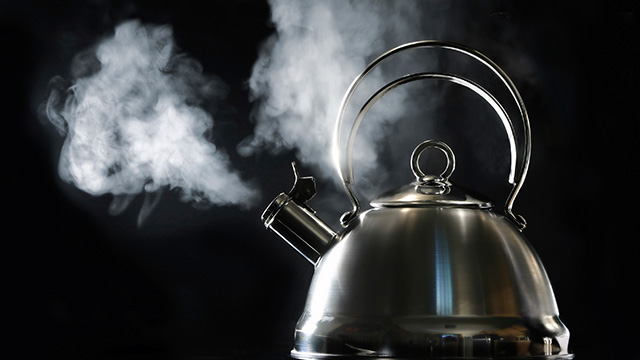
When pressure is applied to a compound like heat to water you cause a physical change from a liquid to vapour but remarkably, the water allows the change to occur, it doesn’t resist, avoid, rage or battle against the pressure. It just changes from water to vapour, and moves with all the new strengths and vulnerabilities inherent with vapour.
We also undergo a physical change when we experience the pressure of a death or life loss, in our lives, the difference though is how often the process of the change is compounded by how we react to that change.
Some of the most typical blockages to integrating the inevitable changes in our lives are allowing or letting go of our previous normal. The resistance is real and it impedes our ability to integrate new circumstances into our lives.
For example: Frustration of life fairness, controlling our circumstances, diligence to safety, risk adverse, avoidance of support, restraint in anger, and guilt in allowing happiness to re-enter our lives all interrupt our ability to integrate the change into our lives, sometime for the rest of our lives.
I am not saying any of this is easy, and I am not trying to minimize the real shell shock associated with having your life turned upside down, but I am pointing out through experience of working with clients through this, that all of them didn’t even realize they had knots, let alone how those knots in their grief were complicating their journey.
So How does this happen?
It happens by way of our belief systems, the culture we were raised in, the values we hold, how we relate to death, what we believe strength and weakness looks like, how we allow ourselves to be supported, or not, our attitudes and comfort level with receiving and being consoled.
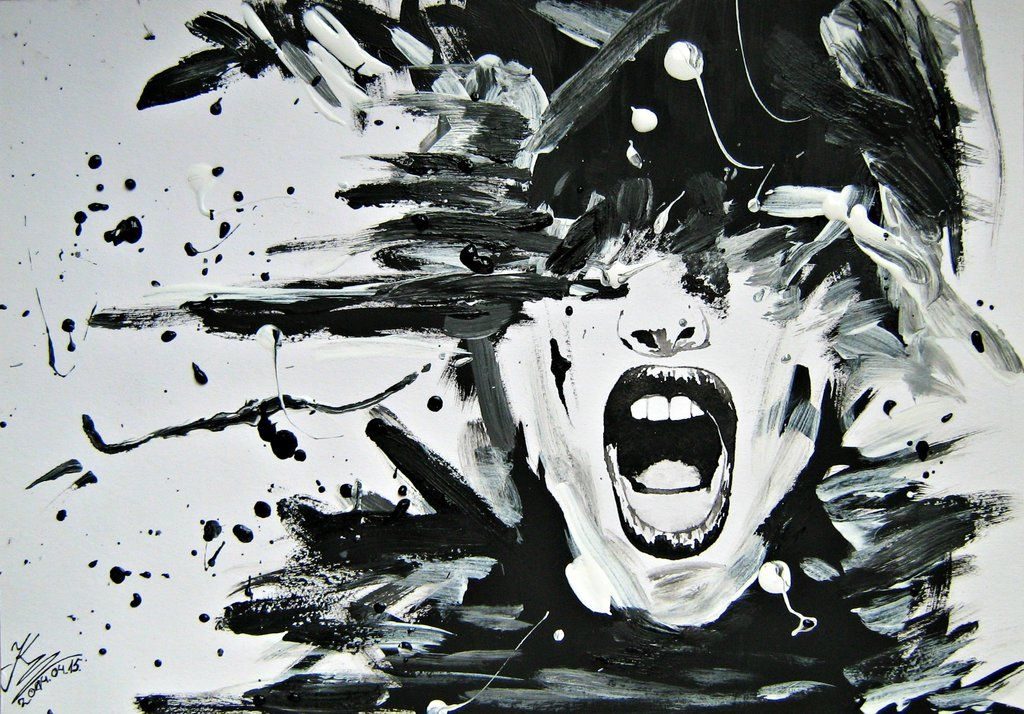
Our ability to feel the pain and allow ourselves to cry and emote a range of emotional responses, or numbing ourselves with food, alcohol or drugs all contribute to blocking and knotting the integration of the what our lives now look like, complete with their own strengths and weaknesses, into our lives.
The blindness to these knots is real and it’s impeding so many people in their ability to take next steps in their grief journey that would otherwise allow them to integrate the new elements and circumstances into their lives. It’s not that these individuals didn’t want to move ahead with their lives, it’s that they had no idea they were contributing to the knots.
By Gail Carruthers
www.skyeblueacres.com


